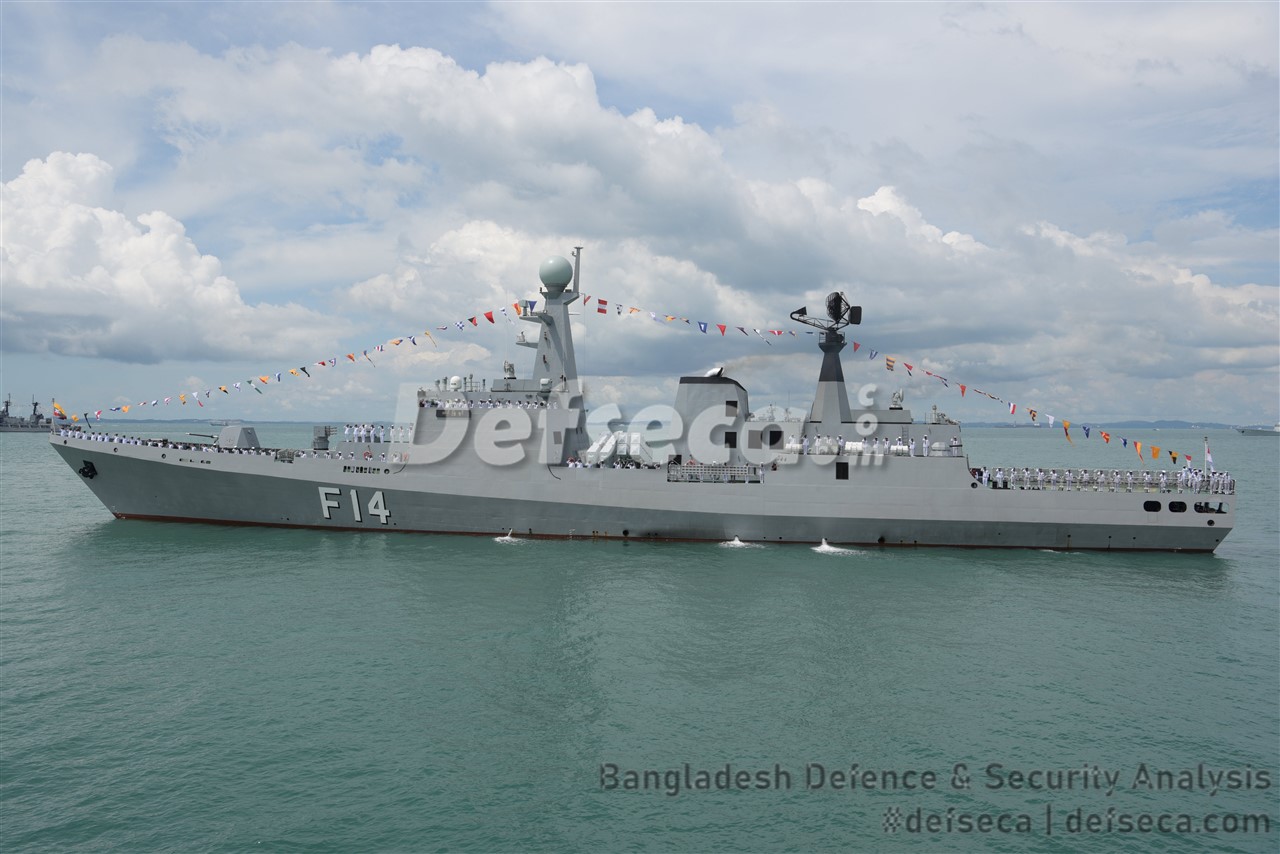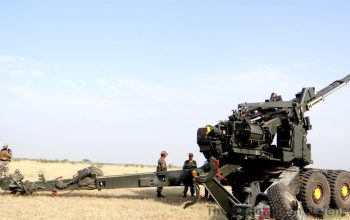Memories are fresh in the decks of Myanmar Navy’s warships from an incident in 2008 where a South Korean energy exploration company entered Bangladeshi maritime territory with the backing of Burmese warships to occupy the resource rich area.
Once the Bangladesh Navy showed up with its superior training and firepower the Myanmar flotilla fled the area in haste suffering defeat without even a shot fired!
Worse still the International Tribunal for the Law of the Sea (ITLOS) ruled in favour of Dhaka’s claim further adding insult to injury for an already defeated Burmese navy in 2012.
China-Myanmar relations have not fared any better. Myanmar views China with a perennial distrust but needs its investment as the country wracked by sanctions scrambles to attract foreign investments from any major Western powers.
It is common for Myanmar netizens to criticise “Made in China” hardware reflecting the level of strong discontent over military hardware sold by Beijing.
Myanmar Navy for its part has always been provided with inferior Chinese warships whilst at the same time Chinese companies sold more powerful platforms to its Bangladeshi and Thai rivals. To be fair the Chinese are all about business. They are willing to cater to all budgets. One cannot walk in to a shop expecting Ferrari’s whilst having the buying power to afford Tata products.
It is now fair to assume Myanmar has more or less moved away from purchasing any major Chinese origin warships. The country’s naval shipyard is very much a Russia-centric organisation with most of the engineers trained in Russia.
In December 2019 the Indian Navy (IN) transferred a 30-year old refurbished Kilo-class submarine to the Myanmar Navy to help it establish a submarine warfare capability. The submarine acquired for next to nothing was an attempt by New Delhi intended to show Dhaka and Beijing its unhappiness with the growth of the Bangladesh Navy, particularly in relation to China’s transfer of two Ming class diesel-electric attack submarines in 2017 and a billion dollar contract to build the Bangladesh Navy’s first comprehensive submarine base that includes MRO facilities.
The ex-Indian Navy Kilo class submarine is far too old to have any real combat value on its own. It’s more of a symbolic acquisition however the Myanmar Navy hopes it will be enough to save itself from future humiliation by its neighbours. Defseca.com has learnt the Myanmar Navy will purchase two more Kilo class submarines directly from Russia. Acquisition of those two submarines, whether refurbished or new will have more of an impact than a lone submarine from India’s inventory.
Dhaka and Bangkok are not remaining silent. The Thai Navy has already been tasked with monitoring the movement of the Myanmar Navy’s lone submarine. It’s expected to receive a newly built submarine from China. Another two are planned.
Prime Minister Sheikh Hasina has already announced her government’s intention to purchase anti-submarine helicopters and long range maritime patrol aircraft with anti-submarine warfare capabilities days after the Myanmar Navy received its first submarine.
The Bangladesh Navy is moving at a hyper-pace reflecting the growth of the national economy. Two Jiangwei-II class guided missile frigates were obtained from Beijing in a deal signed in June 2018. The warships are to arrive in Chittagong by January 2020. The Navy made follow up order for two more frigates of the same class in September 2019 bringing the number of frigates in the Bangladesh Navy to 10. Compared to that the Myanmar Navy has 5 frigates including two aged Jianghu-II acquired from China in recent times.
The Bangladesh Navy also purchased four newly built Shadhinata class guided missile frigates from CSOC’s Wuching Shipyard. It plans to build additional units indigenously to boost its coastal defence and EEZ patrol capabilities further. The corvettes offer up relatively the same firepower as larger frigates but cost significantly less.
In December a Bangladesh Navy delegation also visited the headquarters of the China Shipbuilding & Offshore International Co., Ltd. (CSOC). The delegation possibly visited the Chinese shipbuilding giant’s facilities to sign a new warship building contract but the deal remains a tightly guarded secret for now. Dhaka-based defence analysts believe the contract could be for a design and material supply package involving six guided missile frigates.
Beijing is keen on selling Jiangkai II (Type 054A) guided missile frigates to the Bangladesh Navy after it sold four units to Pakistan, which are destined to enter service by 2021.
If the contract is indeed materialising it will cement China’s strategic presence in the maritime domain for decades to come as the nation already sold submarines to Bangladesh, Pakistan and Thailand. This is yet another way Beijing is reinforcing its pressure on the Indo-Burmese nexus.
Apart from China, the Bangladesh Navy has also moved to purchase two Large Patrol Craft (LPC) from European/Turkish/South Korean shipyards. The 700-ton plus warships will be armed with two quadruple anti-ship missiles. These new generation surface warfare combatants underscores the Bangladesh Navy’s intent not just to maintain a superior Navy to that of Myanmar but also ensure it is one that is dominant and a strong deterrent even against the gigantic Indian Navy.
At the end of the day naval preparedness will depend on available funding. At least for the foreseeable future Dhaka’s appitite for naval expansion will always overshadow anything planned by Naypyidaw. This realisation is very much in the minds of Myanmar Navy commanders, which is why they adopted similar strategies as the Pakistan Navy by adding submarines and maritime strike aircraft to offset the balance. However the Myanmar Navy’s ability to offer any real challenge to the Bangladesh Navy will remain questionable because the country is not in any position to mount sustained naval operations outside its territories with the available resources at its disposal.
For Bangladesh Navy, the strategy will be to force their Burmese counterparts to come out to open waters where they will become easy prey to its superior firepower and training. A replay of 2008 is destined once more!
The naval balance sheet:
| Bangladesh Navy | Myanmar Navy | |
| Submarines | 2 | 1 |
| Frigates | 10 | 5 |
| Corvettes | 6 | 3 |
| Large patrol craft (500t+missile armed) | 5 | 1 |
| Helicopters | 7 | 6 |
| Patrol aircraft | 4 | 7 |
- The Myanmar Navy itself does not have a Naval Aviation wing. Aircraft are operated by the Myanmar Air Force.
- Both navies aircraft include some air force maritime patrol aircraft and helicopters.




